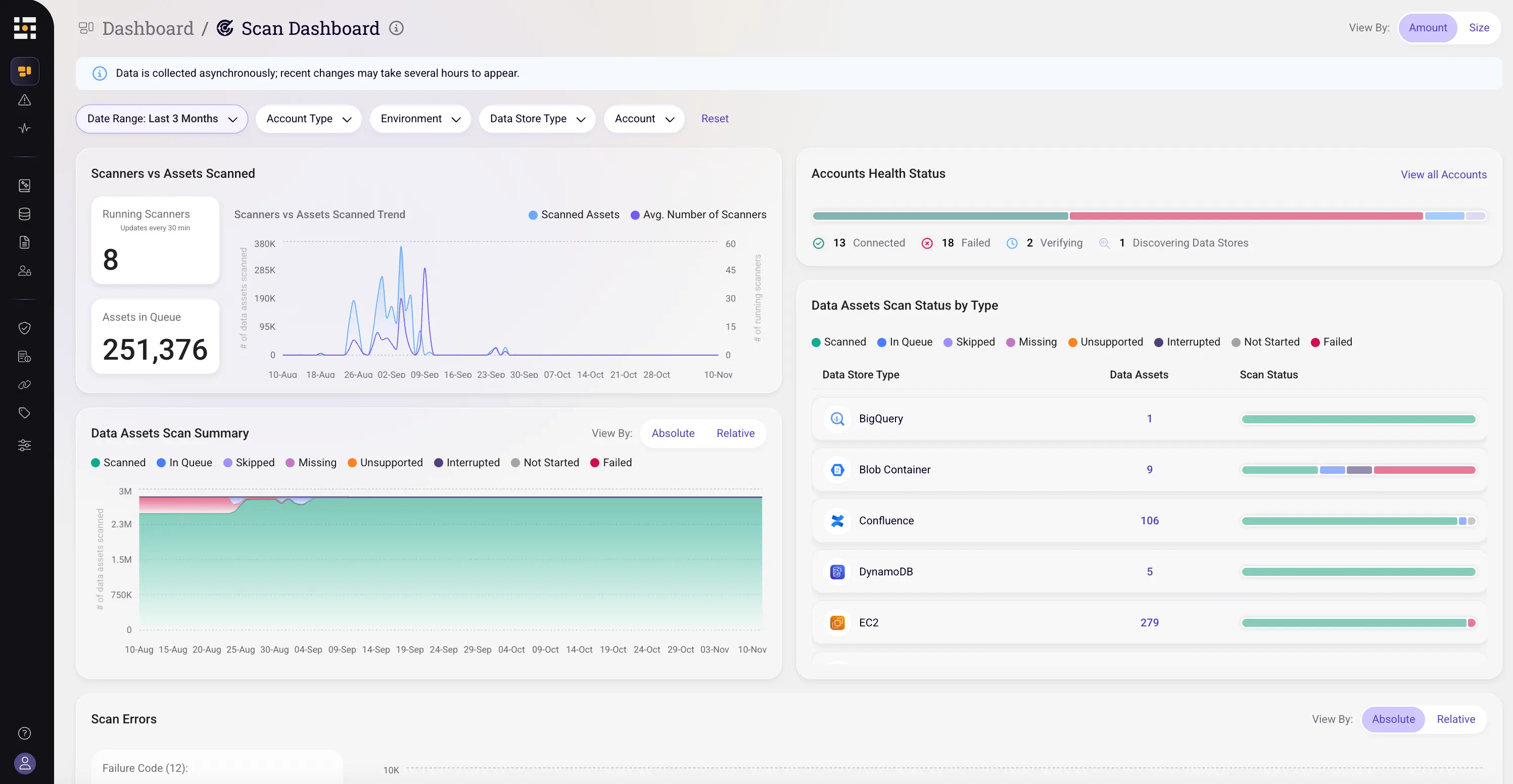NYDFS 2.0: New Cybersecurity Requirements and Enforcement
NYDFS Steps Up Enforcement
The New York State Department of Financial Services (NYDFS) has long been one of the most influential regulators in the financial sector, but over the past two years, it’s made one thing crystal clear: cybersecurity is no longer a back-office IT concern, it’s a regulatory priority.
In response to growing threats, increasing reliance on third-party services, and persistent operational risks, NYDFS has tightened its expectations around how financial institutions protect sensitive data. And it’s backing that stance with real financial consequences.
Just ask PayPal or OneMain Financial, two major firms hit with multimillion-dollar penalties for cybersecurity lapses. These weren’t headline-grabbing breaches or ransomware attacks, they were the result of basic control failures, delayed reporting, and repeated gaps in governance.
What do a $2M fine for PayPal and a $4.25M penalty for OneMain have in common?
Weak cybersecurity practices, and a regulator that’s no longer willing to wait for companies to catch up.
The Recent Crackdowns: PayPal and OneMain
a. PayPal – $2M Civil Penalty (January 2025)
In January 2025, NYDFS announced a $2 million penalty against PayPal for violations of its cybersecurity regulations under Part 500. The enforcement focused on failures to report a cybersecurity event in a timely manner and gaps in maintaining certain required controls.
The incident involved unauthorized access to over 34,000 user accounts, exposing sensitive personal data including tax IDs and financial information. NYDFS emphasized that PayPal’s delayed reporting and lack of specific security measures put both consumers and the broader financial ecosystem at risk.
What it signals: No company - not even a digital-native fintech giant is immune from enforcement. The bar is rising, and NYDFS is expecting organizations to report, respond, and remediate swiftly and transparently.
b. OneMain Financial – $4.25M Fine (May 2023)
In May 2023, NYDFS fined OneMain Financial $4.25 million after discovering systemic cybersecurity deficiencies, including improperly stored passwords, insufficient multi-factor authentication, and inadequate third-party risk management.
Even more concerning: many of these issues were identified in earlier audits and hadn’t been fully addressed. NYDFS made it clear that repeated inaction wouldn’t be tolerated.
What it signals: It’s not just about responding to one-off incidents — regulators are watching for long-term security maturity. Ongoing hygiene, policy enforcement, and consistent control testing are now table stakes.
What’s Changing: NYDFS 2.0 (Part 500 Amendments)
These enforcement actions aren’t just about past violations, they’re a preview of what’s to come.
With the rollout of the NYDFS Second Amendment to Part 500, also known as NYDFS 2.0, covered entities, especially those classified as Class A companies are facing a new set of enforceable expectations.
Key new requirements include:
- Annual independent audits of cybersecurity programs
- Mandatory multi-factor authentication (MFA) for all systems
- Stronger access control policies, including role-based access
- Board-level or senior executive oversight of cybersecurity governance
Full enforcement kicks in on November 1, 2025. At that point, these aren’t just checkboxes, they’re compliance requirements with real financial and reputational risk for falling short.
The message is clear: NYDFS is no longer satisfied with written policies and best-effort intentions. It's expecting demonstrated outcomes, measurable control, and leadership accountability.
The Broader Message: Enforcement Is the New Default
NYDFS isn’t the only regulator stepping up, but it’s arguably the most proactive, and most willing to act. These recent fines signal a broader shift across the industry: compliance is no longer about having good intentions or written policies. Regulators are now focused on evidence of execution, real controls, timely reporting, and provable outcomes.
In other words, enforcement is the new default. This shift reframes cybersecurity from a purely technical issue to a board-level governance challenge. It's not enough for IT or security teams to manage risk in isolation. Executive leadership, legal, and compliance functions all need to be aligned — and accountable.
If your organization is treating cybersecurity as just a tech responsibility, you’re behind.
What Organizations Should Do Now
The message from regulators is clear, and now is the time to act.
Here are four practical steps your team can take to stay ahead:
- Audit your current posture against NYDFS Part 500. Focus especially on:
- Incident reporting timelines
- MFA coverage
- Access controls
- Third-party risk assessments
- Incident reporting timelines
- Prioritize visibility across your environment
You can’t protect what you can’t see. Ensure you have continuous insight into where sensitive data lives, who can access it, and how it moves across cloud, SaaS, and on-prem systems. - Document everything
Have clear records of your policies, security controls, vendor assessments, incident response processes, and risk decisions. If you had to prove your compliance tomorrow, could you? - Benchmark your controls against recent enforcement
If PayPal and OneMain were fined for these issues, ask yourself:
How would our program hold up under similar scrutiny?
Final Thoughts: Read the Signals Now, Not After a Fine
The writing is on the wall - NYDFS is raising the bar, and other regulators are likely to follow. This is your opportunity to get ahead of the curve, rather than scrambling after the fact.
Take these fines as what they are: a warning shot and a roadmap. Organizations that prepare now - with tighter controls, better visibility, and cross-functional ownership won’t just avoid penalties. They’ll be more resilient, more trusted, and better equipped to lead in a high-risk landscape.
If you’re not sure where to start, use these enforcement cases as a prompt for an internal review. And if you want to go deeper, we’ve put together a compliance checklist that can help you assess where you stand.
Better to find the gaps now before NYDFS does.
<blogcta-big>














.webp)
.webp)

